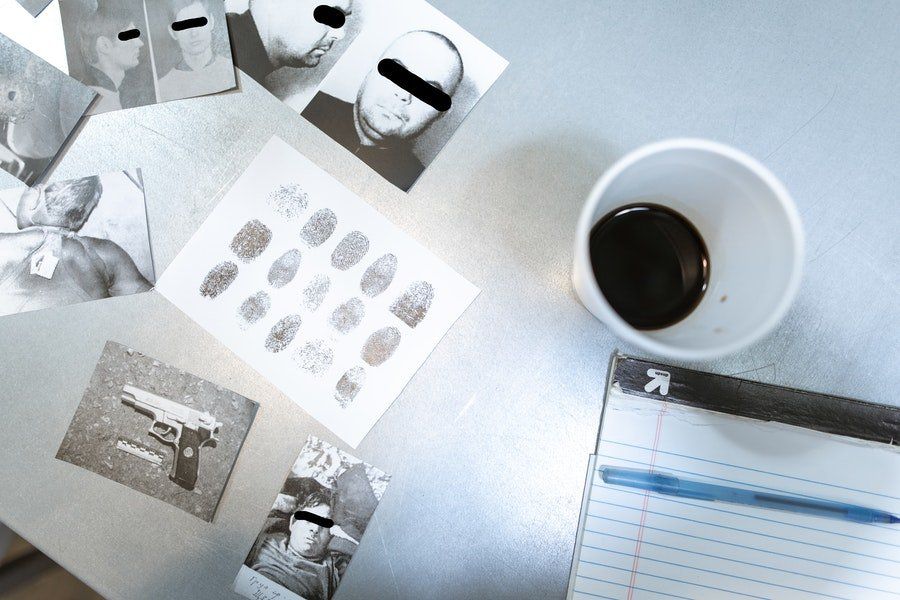It’s The How, Not The What

Speaking the unspoken language
How many times have you heard someone walk into the room uttering the words:
It’s not what he said, it’s how he said it!
This phrase is usually voiced in negative reaction to messages said by bosses, who seem to be the primary reason why good employees leave a company, as research would indicate. Could they have been simply misunderstood?
The workplace of the millennium has changed whereby there is greater integration of diversity. We now have multigenerational perspectives, gender and varying levels of cultural and ethnic diversities.
This makes the workplace more dynamic for leaders who want to come across as being able to communicate strategic direction or maintain the delicate balance in the working environment.
At other levels, being able to communicate extends beyond the doors of the office. You can be on the phone with a client or even meet face-to-face with them. In many varying aspects, it is easy to think that speaking another language could be a plus.
As a leader of your organisation, you should look at your employees as consumers of your leadership. Thus, there’s more to communication than the spoken language.
Words seem to fail us, and even if I consider myself to be a pretty good writer, I still find myself having to meet face to face in order for me to accurately convey what I mean.
Non-verbal communication
There are studies which suggest that a majority of how we communicate is “non-verbal”.
This is literally beyond words (pun intended) where most of our messages are construed due mostly to its delivery rather than the words themselves. So goes the familiar phrase again: “It’s not what you say, but rather how you say it!”
A long-term study conducted on communication by researchers Mehrabian and Wiener (1967) and Mehrabian and Ferris (1967) resulted upon the often quoted 55/38/7 formula. The numbers represent the percentages of importance of varying communication channels, with the belief that 55% of communication is body language, 38% is the tone of voice and 7% is the actual words spoken.
While the percentages are often misused, many would agree to the point that the majority of what we perceive are non-verbal cues over the actual words used.
This validates the issue that non-verbal communication and the unspoken language are equally, if not more, important than words in communication. This argument behooves leaders to take a closer look at “how” they say things rather than “what” they say.
The art of oration
Years before email came to the picture, there was a classic tradition called oration. Oration or ars oratia was a Roman art of speaking in public linked to an inherited tradition from Greece.
Oration was considered a highly developed professional competence that was necessary for leaders to learn. Even the young Julius Caesar was said to have been schooled by masters in Greece to learn this fine art.
In modern times, this Greco-Roman art remains to be a highly developed professional competence that is traditionally mastered by lawyers and politicians.
With persuasion and influence being the desired effect of these skillful displays, it is easy to think that effective delivery goes beyond just words but everything else that delivers a persuasive argument.
More than words
In my own formal study as a speaker, we were also taught that delivery is much more than words and that delivery in the non-verbal aspect can be broken down into the following elements.
- Vocalics or paralinguistic
Beyond words, this could include inflection, tone and pronunciation. This is “how” things are said and therefore perceived or received.Pay attention to your tone of voice and the volume. Paralinguistic can also refer to sounds which are non-words such as: hmmm, huh or ugh! Even if these sounds are not really words, they could be equally as, or even more communicative to the receiver.
- Kinesics
This includes gestures and facial expression. For example, the way you wave your arms around could affect the type of attention and reaction from your audience.When extremities are placed within a comfort zone (like when arms are crossed or placed behind your back), it could suggest formality, diplomacy or sometimes defensiveness. A simple point of a finger could mean either specification or culpability.
- Ocalics
It is the use of your eyes or eye contact. This somehow is the primary point of connection with your audience. In some cultures and context, looking directly into someone’s eyes could be rude, while in other cultures if one does not look directly into the eyes, it could mean you’re hiding something and thus erodes trust.In public speaking, it is good to make eye contact with those who seem to be in agreement. It also helps ease pressure from the speaker as he feels like he’s connecting and conversing with his audience.
- Proxemics
It is the use of space between the speaker and the receiver. There are appropriate conventions to this that ranges from intimate (0–45cm), personal (45cm–120cm), social (120cm–360cm) and public (360cm and beyond).Cultural norms apply. Speakers usually stay within a three-feet bubble. However, using the space within a stage or a room by moving around could give the speaker a stronger presence. The movement also leads the audience to follow him, therefore creating more attention.
- Haptics
It is the use of touch. This type of body language is powerful, although it could be inappropriate in some context.
A touch on the wrist, the elbow or shoulder is a physical form of persuasion. Often used to connote a certain level of closeness and sympathy with the receiver, the touch is used to signal a receiver towards a concurring response.Please use this with extreme caution! It can also be misconstrued as a form of flirting.
- Chronemics
It is the use of time and sequence. While it is expected for people to be prompt, in Latin cultures tardiness tends to be more acceptable; thus the term “fashionably late”.Tardiness is frowned upon in Anglo-American cultures, thus in a bilingual Hispanic American context, appointments are usually specified as “Hora Latina” (Latin Hour which is ±30 minutes) or “Hora Americana” (on the dot, or en-punto).On another note, for experienced speakers, “the pause”, which is a momentary moment of silence at the height of expectation, is also used to draw tension, attention and control for the speaker.
- Objectics
It is the use of objects such as rulers (as teachers would use), props and illustrations to drive a point. Clothing, accessories and even vehicles could be used to communicate a role and social status to direct an audience towards a desired response. This too is a form of non-verbal persuasion.
As a leader and communicator, one must recognise the importance of the unspoken language for effective communication.
In the worst case, “conflicting” messages are a result where non-verbal cues are inconsistent or at odds with the verbal message. This often leads to miscommunication and mistrust.
The results could be extreme. It could even lead an employee to leave. On the other hand, a combination of proper verbal and non-verbal cues could make a compelling message or a persuasive presentation that leads to positive action.
Do remember that action speaks louder than words. Learning the “unspoken language” could make you a more effective and persuasive leader in the workplace.
John Walter Baybay is a regional management consultant who has worked more than 17 years in the areas of corporate strategic planning and economic planning. He is a competitive athlete who balances his time between business coaching, family and working with communities. You can contact him at editor@leaderonomics.com . To read more articles relating to business, click HERE.
Business
This article is published by the editors of Leaderonomics.com with the consent of the guest author.





